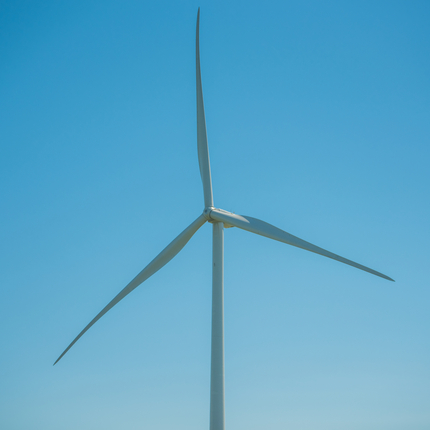The expansion of wind generation has been, and continues to be, a boon for rural development.
Wind energy is one of the fastest-growing sources of electricity across the nation. Several Midwest states, including South Dakota, are leading the charge in its development, according to recent reports from the U.S. Department of Energy.
In 2022, wind power accounted for 22% of new electricity capacity in the nation, representing a $12 billion investment. While it was considered a down year for installations due to supply chain issues, forecasts for wind energy investments have grown by almost 60% thanks to the passage of the Inflation Reduction Act in 2022.
Taxes from wind energy projects around the South Dakota are funneled into the state's Renewable Facility Tax Fund, which is distributed to schools, counties, and townships. In 2022, $9.1 million was disbursed from the fund to rural communities to be used for education, infrastructure improvements, and emergency services. The industry has also created jobs for rural residents. According to Clean Jobs Midwest, 12,000 South Dakotans were employed in the clean energy sector in 2022, with nearly half in rural areas.
South Dakota has long been powered by renewables. In 2021, wind surpassed hydroelectricity as the leading source of energy generation. The state also ranked second in share of in-state electricity sales at 77%, which accounts for most of the state’s energy consumption.
In 2022, the state increased its capacity of wind by 10% by installing 304 megawatts, which ranks sixth nationally in new capacity. This could power more than 91,000 additional homes annually.
Given wind energy’s potential positive impact on rural development, capitalizing on it is essential for economic growth. South Dakota has paved the way as a leader in the industry’s growth, which will pay dividends for rural communities for decades to come.





